Solving the never-ending problems that life throws at you can make you feel overwhelmed, and naturally so. But when it comes to the practice of emotional problem solving, it is not actually as impossible as it might seem when you are faced with a ton of them. You just need to know the right ways to deal with them.
Right now, we all have more than our fair share of problems: not just the pandemic, inequality, and the economy but also interpersonal issues, which can loom much larger with all of this. Here are some tips for staying emotionally balanced and getting those annoying problems solved.
Here Are 10 Useful Tips for Emotional Problem Solving
1. Step away from a problem that is vexing you at the moment, and do something completely different.
This is a tried-and-true way of giving yourself the mental room to find an answer or let one come to you. Just remember to return to whatever you were working on after you take a break. (I am now going to put up the patio umbrella and will come back to this in a few minutes).
2. Create a comfortable space just to be and relax (like the patio) and spend some time there.
Not specifically to solve the problem du jour but to relax or even space out for a little while. Again, this works very well for most people and often leads to creative ideas.
Related: How Not to Get Sucked Into the Problems of Others: 5 Skills To Practise
3. Verbalize the problem to yourself.
No, you are not crazy if you talk to yourself. I often read my columns aloud before I finalize them. Sometimes you hear something that you need or something that you should let go of. Either way, the process is a solid one, as long as it doesn’t become your only means of communication!
4. Talk to a friend, a companion, or a therapist if you need to sort out some issues.
We all know therapy works if you put a little energy into it, and advice from a trusted friend is also reliable. Talking through a problem with another person is how most people figure things out. Weigh what you hear with what you know, and find a balance.
5. Don’t put your problems out on social media.
Doing it is truly like jumping into shark-infested waters with a bucket of chum. I have seen people get ripped to shreds by trolls and haters, and if you are in a sensitive emotional place, that can damage your spirit. If you do message your friends about your pain, be sure to ask them to keep it private.
6. Figure out where the problem is coming from.
Is this a problem because of the pandemic, or have you been dealing with this forever and are just sick and tired of being sick and tired? Some problems take more time to solve than others, and other problems are just inside our own heads. Isolate the source to make it easier to deal with.
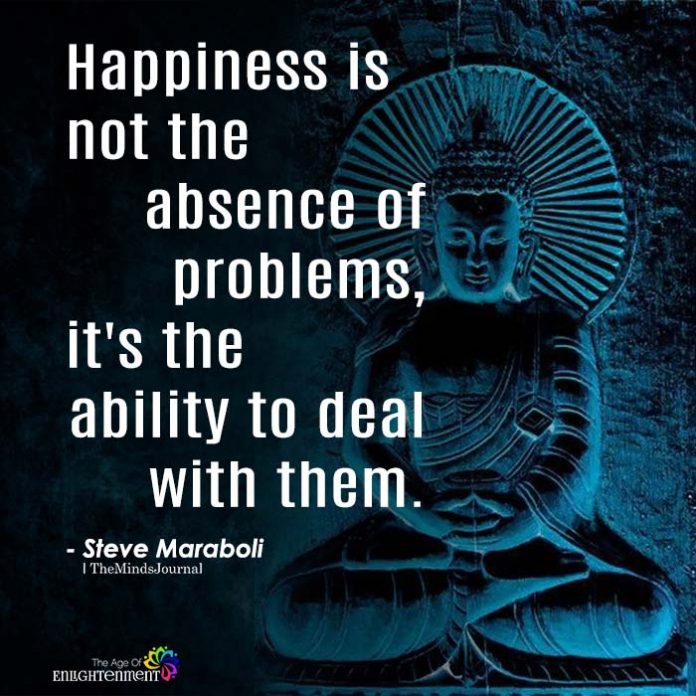
7. Adjust your point of view.
Perhaps you are being triggered by the pain of the past or fears of the future, either of which can influence the way you perceive a problem. Imagine how you would resolve things if life were back to normal, and get your priorities in order. People are more important than things—always.
8. Set a timeline.
We can spend more time than it’s worth trying to figure out how to resolve a problem. If 90 percent of your energy is going into one issue, you won’t have the presence of mind needed to deal with the world in its current chaotic state. If you can’t figure things out in a couple of days, put it on hold and come back to it later.
9. Be willing to walk away.
Sometimes the only way to peacefully resolve an uncomfortable issue is to simply walk away from it. That might go against your normal thinking, but if you are never going to get what you need, you should look for it somewhere else.
Related: Common Relationship Problems: Never Ignore These 5 Problems In Your Relationship
10. Trust that the answers are inside you.
If you sit quietly and let the answers come to you, they will. Being calm like this allows your mind to create a reasonable path to solving any problem.
Moving from one problem to the next, hopefully as gracefully as possible, is how we navigate through this thing called life. We all have problems. How we deal with them is what makes the difference between a very difficult time and one that is not so bad.
For more such informative articles, visit Barton Goldsmith’s website, www.bartongoldsmith.com.
Written By Barton Goldsmith
Originally Appeared In Psychology Today
When you are trying to solve your problems, take one day at a time, and don’t be too hard on yourself. Life is indeed tough, but it doesn’t always have to be difficult. Have a clear mind, a little amount of patience, and self-love, and you will be able to solve any problem that comes your way.
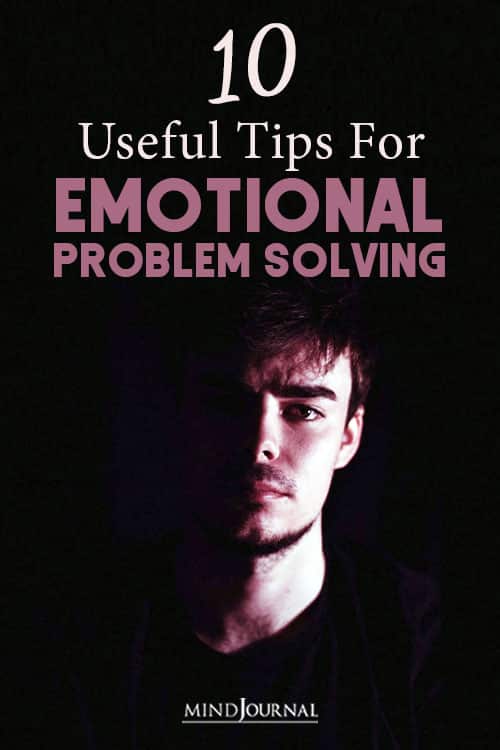
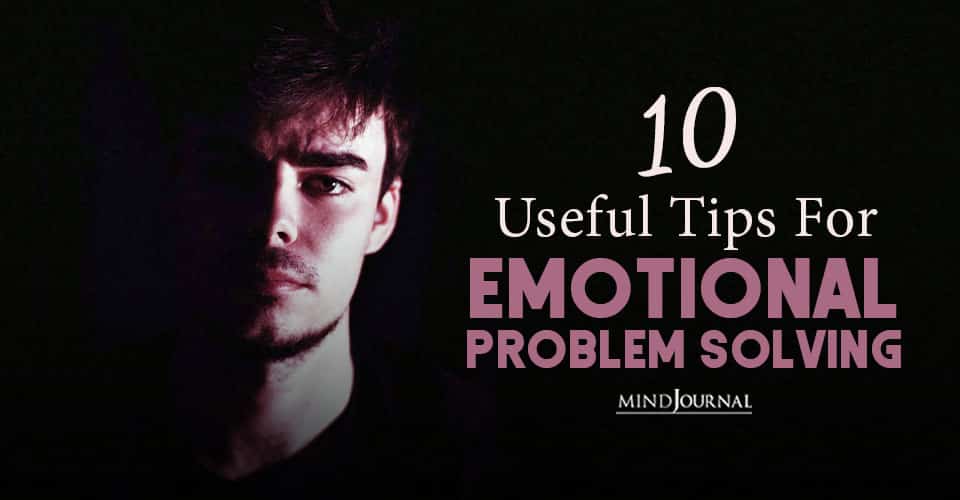







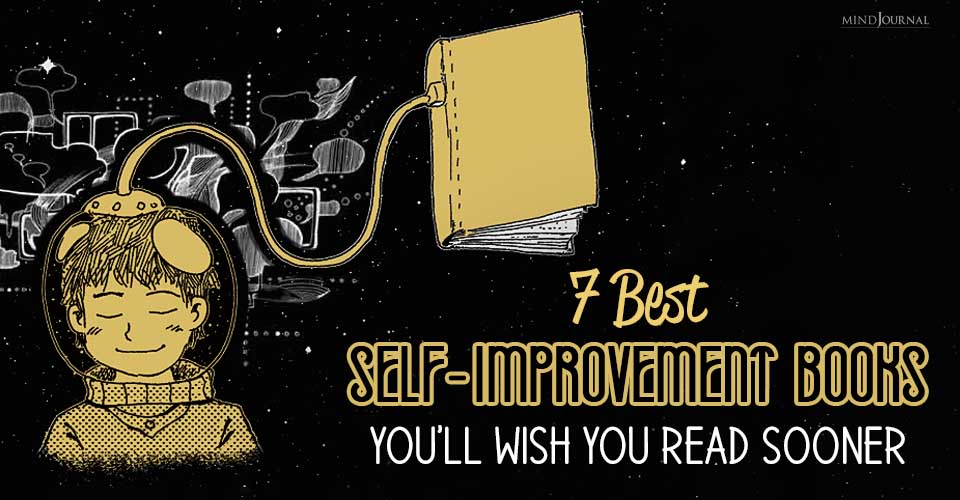
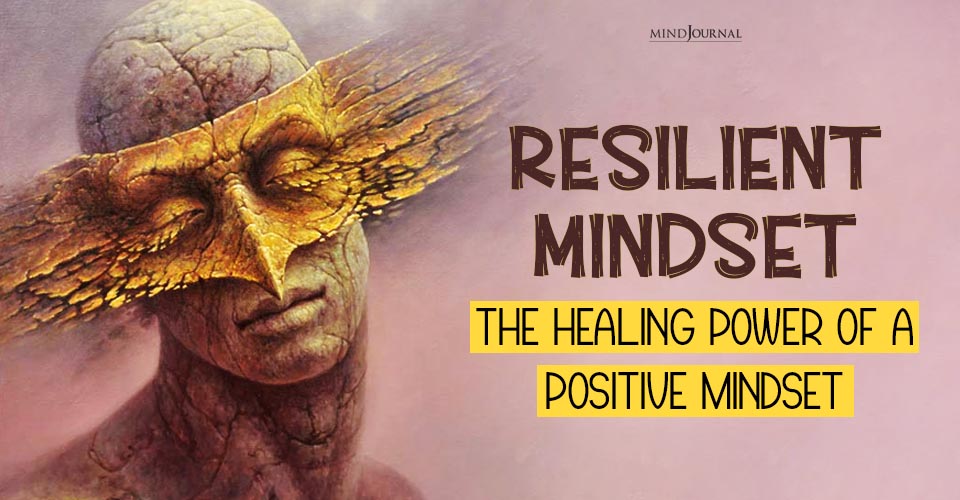

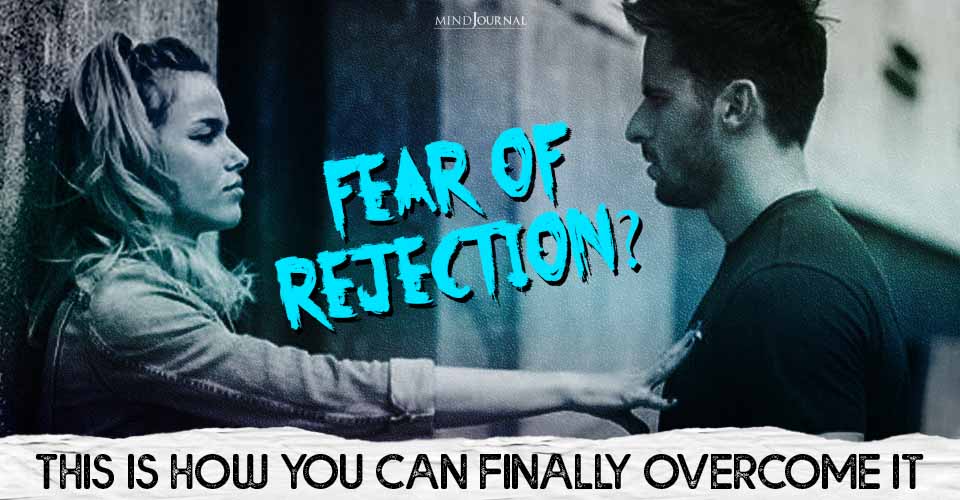
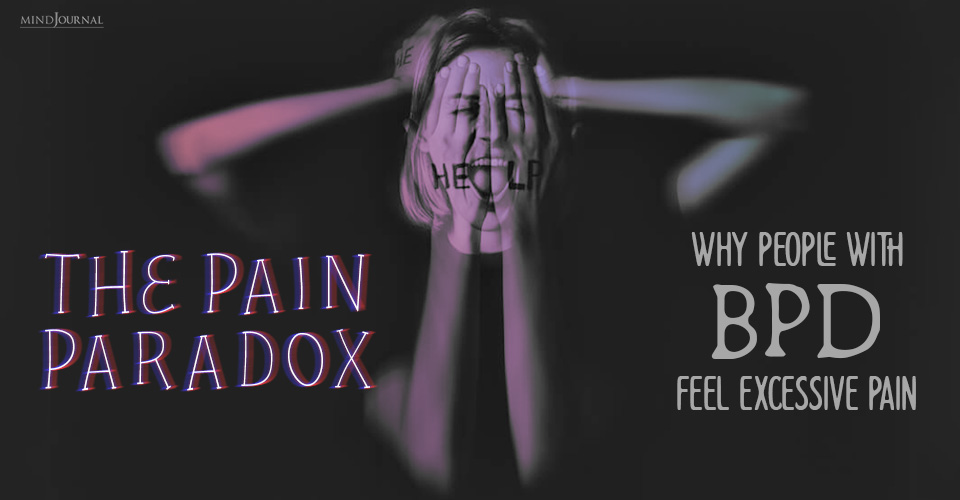

Leave a Reply
You must be logged in to post a comment.